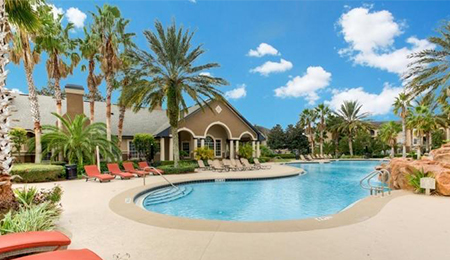If you’re a real estate investor, a 1031 exchange is a great way to avoid paying capital gains taxes while you build wealth over time. How does it work, though?
I’ve laid out a scenario explaining how 1031 exchanges work in today’s video. Check out the timestamps below to browse various sections of this message at your leisure.
1. Your example scenario:
- 0:46—You buy a house in 2011 for $100,000, move out, and turn it into a rental in 2014
- 1:32—You then decide to sell that house because it’s now worth $200,000
- 2:01—Accounting for rental property depreciation, you sell for a net gain of $120,000
- 3:06—Assuming you’re in a 25% long-term capital gains tax bracket, you’d pay $30,000 to the IRS after you sell
“If you have a rental property you’re thinking about selling, give me a call so we can talk more about the 1031 exchange.”
2. How the 1031 exchange works:
- 4:04—An intermediary holds the proceeds from the sale
- 5:01—You then have 180 days to find a replacement property and buy it with those funds
- 5:50—Once you’re ready to close a deal, the intermediary releases the funds to complete the transaction
- 6:16—What you’d save in this scenario
So, if you have a rental property you’re thinking about selling, give me a call so we can talk more about the 1031 exchange. It’s a great way to build wealth over time and avoid paying huge tax fees every time you sell a property.
As always, if you have any more real estate questions, feel free to reach out to me as well. I’d love to help you.



